Dental Health
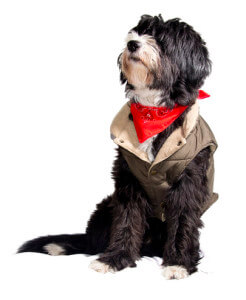 Here are some tips to your dog’s dental health. These will help you to identify problems and possibly treat them.
Here are some tips to your dog’s dental health. These will help you to identify problems and possibly treat them.
Dogs
The breath of a dog may never smell like lilies, but if your dog’s breathe is likely to melt butter you should probably take the pooch to your vet, especially if this bad breathe is accompanied by loss of appetite, vomiting, and excessive drinking or urinating.
Once a week you should get face to face with your dog so their lips can be lifted to reveal the teeth and gums. The gums should be pink; white, red, or swollen gums are not good. you should take your pet to see a vet. The teeth should be clean and not have any brownish tartar.
In order to avoid plaque build up, tartar, and gingivitis you should take your pet for regular teeth cleaning. Without regular cleaning your dog’s gums may start to recede or even loose his teeth.
The good news is you can clean your dog’s teeth at home with a canine teeth-brushing kit. You can ask your vet to recommend a tooth brush and tooth paste for your dog. The brush should be made especially for dogs. Or you can use a fresh piece of gauze and wrap it around your finger to brush the teeth.
Never use human tooth paste or fluoride when cleaning your dog’s teeth. You can make tooth paste using baking soda and water or use what your vet recommends.
You should accustom your dog to having its teeth brushed. Massage your dog’s lips for 30-60 seconds twice a day for a few weeks. Then you can move to touching the teeth and gums. Once your dog is comfortable being touched this way you can rub the tooth paste or baking soda mixture on his lips so he can get used to the taste. Then the next step is to introduce the tooth brush.
Clean your dog’s teeth in small circular motions at a 45 degree angle. Work in your dog’s mouth one area at a time and lifting the lips as needed. The teeth that touch the side of the cheek usually have the most tartar. If your dog resists being brushed don’t fight with them. Let them go and try again another time.
If you can build up to brushing your dog’s teeth 2-3 times a week you can give your dog the gift of dental health.
The oral diseases you should look for are: periodontal disease, gingivitis, halitosis, swollen gums, proliferating gum disease, mouth tumors, salivary cysts, and canine distemper teeth.
Chewing on toys can help eliminate tooth decay as well. Ask your vet to recommend some toys with dental benefits for you pooch, and take good care of your dog’s teeth!




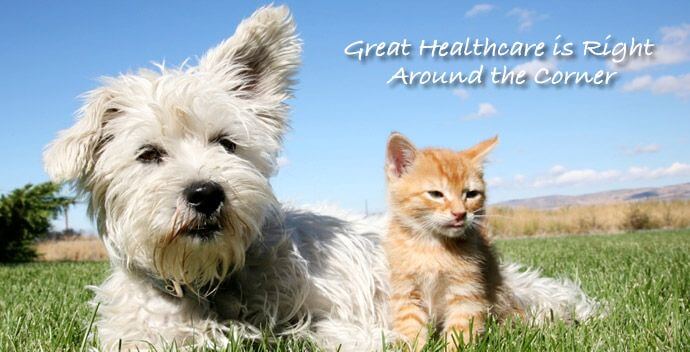

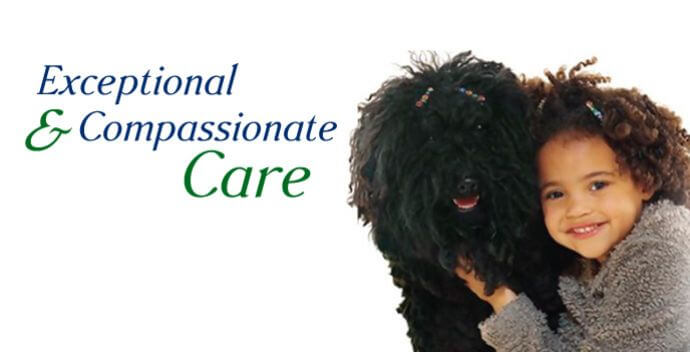
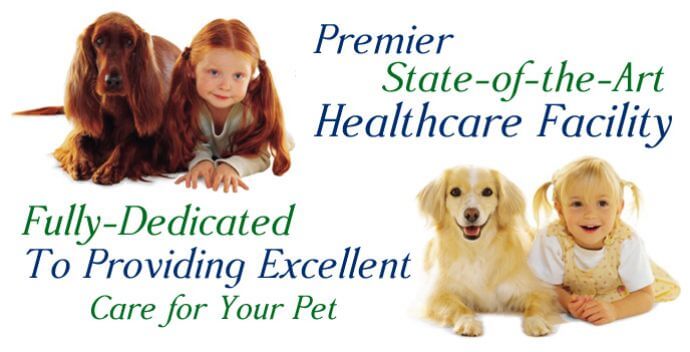


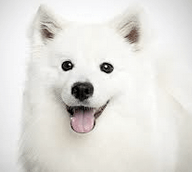


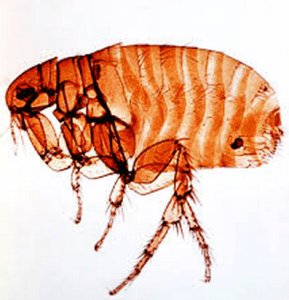
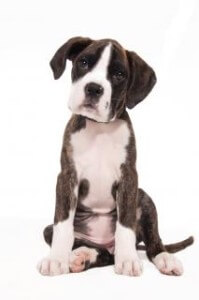
 Website Created by TCP Global Solutions
Website Created by TCP Global Solutions